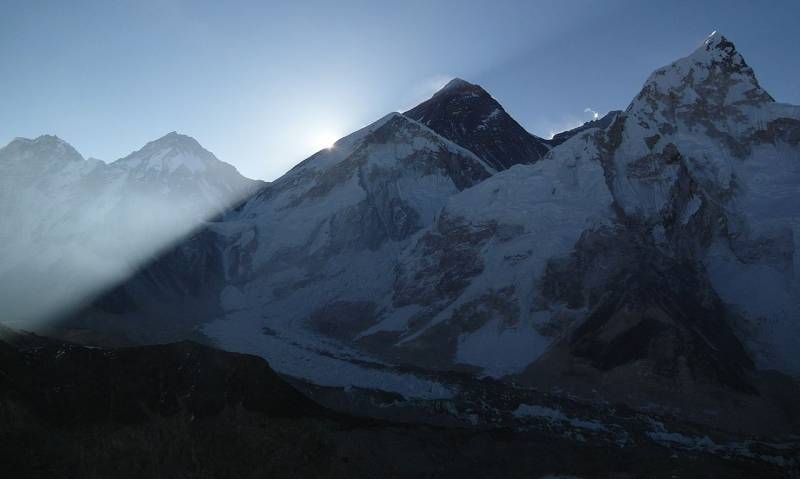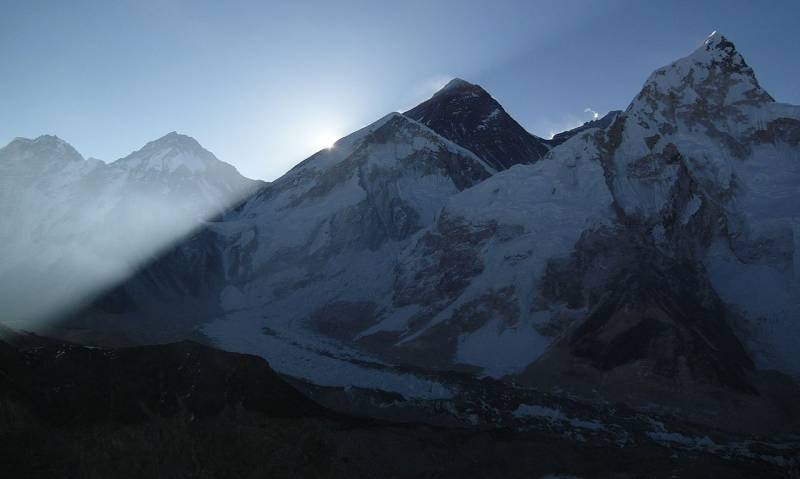Recently published standards from the ITU could help bring high-speed broadband services to some remote rural communities, using lightweight, terabit-capable optical cable.

Image: Sebastian Werner
ITU is short for International Telecommunication Union, which is the United Nations' specialised agency for Information and communications technology (ICT).
Last month, the ITU stated more than half of the world’s population was now online. It said by the end of 2018, an estimated 51.2 per cent ( 3.9 billion people) will be using the Internet.
Getting many among the remaining half connected could be a significant challenge. There are various projects in the works to reach communities not connected, with some of these involving satellite services, high altitude drones - or even balloons.
What About Fibre?
Ultra high- speed optical networks are usually accompanied by significant cost and complexity.
One of the new standards published by ITU (ITU L.110) focuses on the use of tried and tested lightweight submarine-cable technology and adapts this design to terrestrial deployment. Other related standards focus on the installation, maintenance and repair of lightweight optical cable and low-cost, sustainable broadband backhaul infrastructure.
The ITU believes the technology can be rolled out at minimum cost and with minimum environmental impact. Given its robustness and comparative simplicity, the standards envision communities playing a significant role in building this infrastructure themselves.
A Test In The Himalayas
A related project under way is in the Dullu municipality of West Nepal, where 10km of this cable is being rolled out to support advanced e-health and e-education services - both bandwidth intensive applications.
“At high altitude and in volatile weather conditions, the deployment of this optical cable in Nepal is expected to form a case study of great value to other countries interested in deploying the solution,” says Haruo Okamura of Waseda University; editor of the new standards.
Nepal has also expressed a desire to run this fibre to Mount Everest Base Camp and Annapurna Trekking Trail.
There will be no single solution to seeing the rest of the world connected - satellite, fixed wireless, mobile broadband and fibre will all play a role.
As to when this goal will be achieved, experts say universal internet access is unlikely until at least 2050, and quite possibly later. It's not just about the infrastructure, but the cost of services to end-users and educating people in the use of them.
“Literacy is a great stumbling block,” said Vanessa Gray at the ITU in the article linked to above. “If people cannot read and write, if they don’t have the skills, then even when the internet is affordable, they are not going to benefit from it."



